Recently, researchers have discovered a pioneering technology to convert sunlight and CO2 into high-energy-density fuel sources such as ethanol and propanol. This is a renewable, clean, less polluting and environmentally friendly fuel source.
Currently, the most commonly used fuels are fossil fuels such as coal, oil and natural gas. However, when burned, these fuels emit CO2 - the main cause of environmental pollution and climate change. Therefore, finding alternative sources of environmentally friendly fuels is becoming more urgent than ever.
The team from the University of Cambridge has been developing sustainable, carbon-neutral fuels inspired by plant photosynthesis for years, and calls them “artificial leaves.” However, these artificial leaves can only produce simple chemicals, such as syngas, a mixture of hydrogen and carbon monoxide used to make fuels, pharmaceuticals, plastics and fertilizers. To make the technology more practical, the “artificial leaf” needs to be able to directly produce more complex chemicals in one step, powered by solar energy, the team said.
Professor Erwin Reisner, who led the research team, said the team has now developed a catalyst based on copper and palladium. The catalyst has been optimized in a way that allows the “artificial leaf” to produce more complex chemicals, converting CO2, water and sunlight into multi-carbon fuels such as ethanol and propanol in a single step. These fuels have high energy density and are easy to store or transport during use.
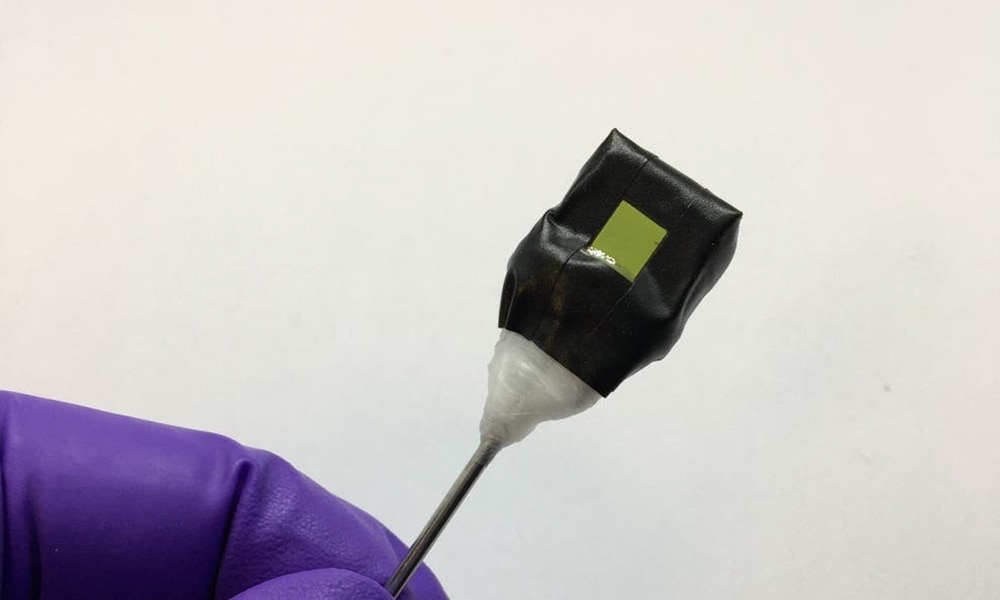
Artificial leaves attached to metal support beams. Photo: Motiar Rahaman
Bioethanol is considered a cleaner alternative to gasoline because it is produced from plants rather than fossil fuels. Many cars and trucks on the road today run on gasoline containing up to 10% ethanol (E10 fuel). However, previous methods of producing bioethanol were controversial, especially because they often took up agricultural land that could be used to grow food. The new “artificial leaf” method, which uses only solar energy, solves this problem.
In addition, the new artificial leaf can directly produce clean ethanol and propanol without the intermediate step of creating syngas. Previously, other research groups have produced similar chemicals using electricity. However, this is the first time such complex chemicals have been produced using an artificial leaf using only solar energy.
Dr Motiar Rahaman, a member of the research team, said the new artificial leaf would be a major step towards moving away from an economy dependent on fossil fuels. These fuels produce zero net carbon emissions and are completely renewable.
Working together to develop “artificial leaf” technology from sunlight, a research team at Lund University (Sweden) said they have found a way to convert CO2 emissions into fuel through the use of a porous organic material called a Covalent Organic Framework (COF). This material will absorb sunlight, then use the energy obtained in combination with a catalyst to convert CO2 into fuel.
“The conversion process requires electrons. When we detect that a photon with blue light produces long-lived electrons with high energy, we simply charge the COF with electrons and complete a reaction,” said Kaibo Zheng, a researcher at Lund University.
While the initial results are promising, more work is needed to make the technique commercially viable and widely available. “We have completed the first two steps with electrons,” says co-author Tönu Pullerits, a chemist at the University of California, Berkeley. “There are many more steps to go before we can even start thinking about a CO2 conversion machine, but we have seen a very promising path.”
In Vietnam, the “artificial leaf” technology has also been researched at the University of Science and Technology of Hanoi (USTH). Since 2015, a group of researchers from USTH has collaborated with the Laboratory of Chemistry and Biology of Metals (Center for Atomic Energy and Alternative Energy CEA – Grenoble, Republic of France) to research and manufacture the “artificial leaf”.
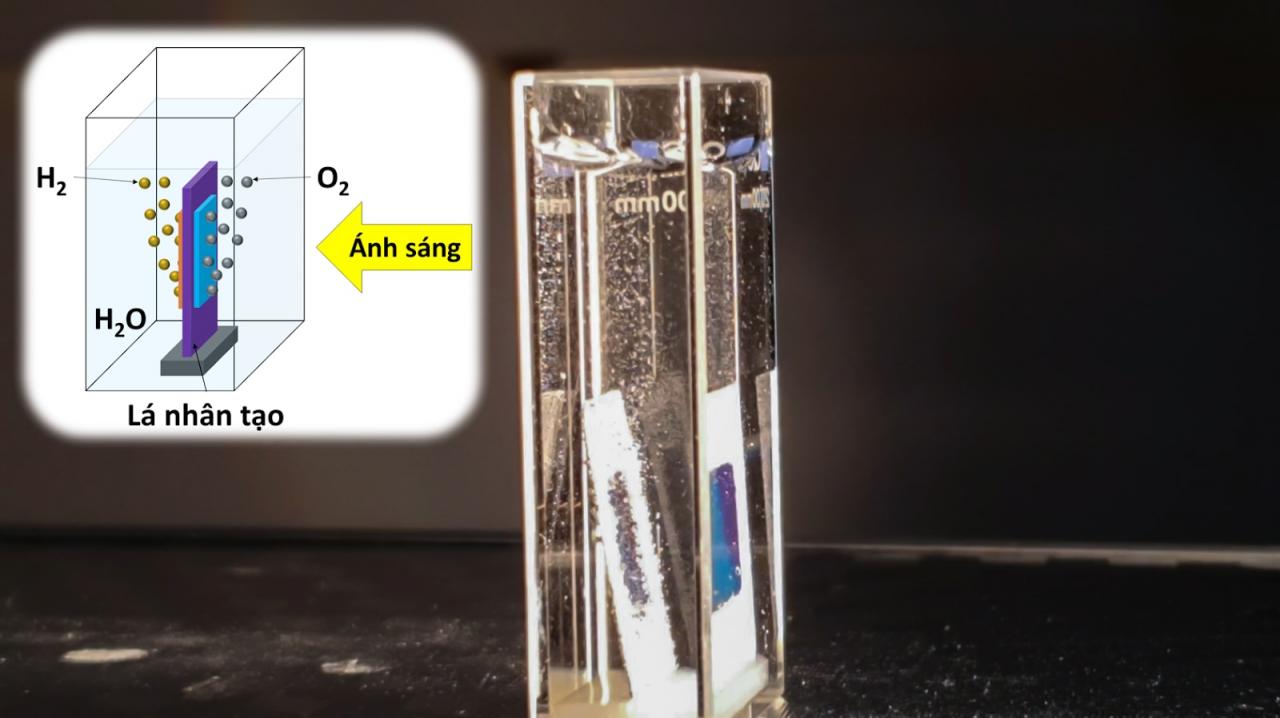
“Artificial leaf” created by a research team at USTH. (Photo: usth.edu.vn)
So far, this device is capable of producing hydrogen fuel (H2) from water and sunlight with an efficiency of 1.9%. The H2 fuel can then be stored, transported and used in fuel cells. The only product of this fuel process is water, so it does not pollute the environment.
Mai Anh







![[Photo] Prime Minister Pham Minh Chinh chairs Government Standing Committee meeting on Gia Binh airport project](https://vphoto.vietnam.vn/thumb/1200x675/vietnam/resource/IMAGE/2025/5/10/6d3bef55258d417b9bca53fbefd4aeee)
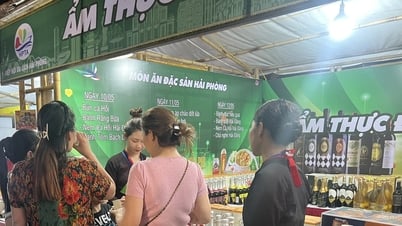

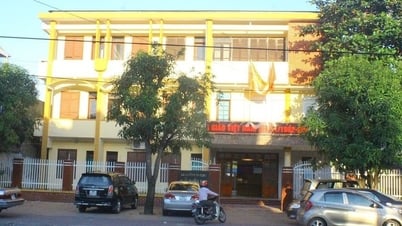


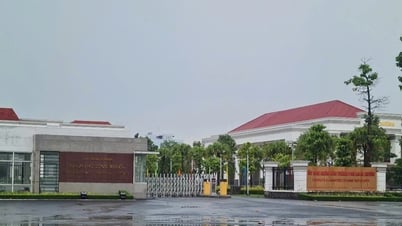





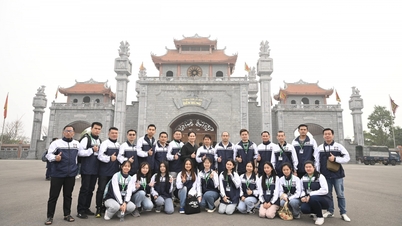





















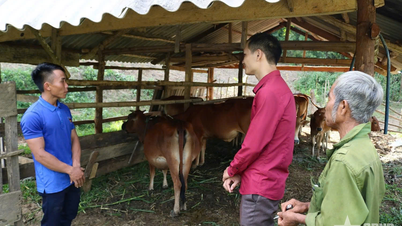



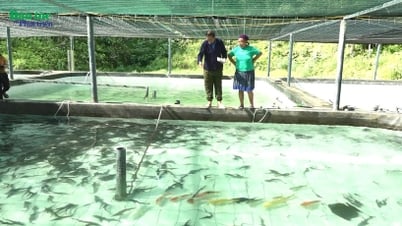
































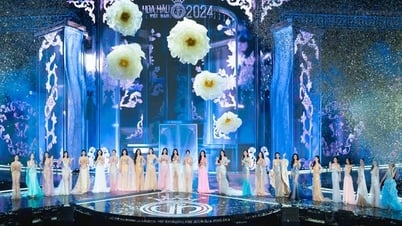













Comment (0)